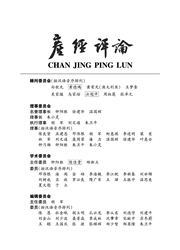

 中文摘要:
中文摘要:
改革开放以来, 区域发展的不平衡现象并没有改善,产业政策与支柱产业也在不断更替, 因此中国经济发展的空间与产业梯度的要素比较优势也在不断转化.要素梯度的背后潜藏着供给侧一定的灵活性,意味着供给侧结构性改革可以利用梯度比较优势提升要素供给的灵活性.推进供给侧结构性改革,进一步激发产业与区域的要素梯度优势,是挖掘经济增长新潜力的重要手段.在不同的产业、区域中,劳动力和土地的要素空间梯度差异最为显著,通过设置量化指标,测度区域与产业维度内这两种要素的梯度比较优势变化,进而探讨如何依据要素梯度比较优势从区域层面和产业层面提升要素供给结构的灵活性,全面释放东中西部各区域及各产业的梯度比较优势.
 英文摘要:
英文摘要:
Since the reform and opening up, regional development imbalances did not improved, industrialpolicy and pillar industries are constantly change. Therefore, China’s regional economy and gradient comparativeadvantage of factors is constantly transforming. Gradient factors represent a certain potential supplyside flexibility. This means that we can use it to enhance the flexibility of factors of comparative advantage gra-dient supplied, thus promoting the supply - side structural reforms. This is an important way to explore new economicgrowth potential. In different industries and regions, spatial gradient of the land and labor is the mostobvious. In this paper, we set quantitative indicators to measure the gradient comparative advantages of thesetwo factors, and explore ways using the factors comparative advantage gradient to enhance factor supply structureflexibility at the regional level and industry level, fully release the gradient comparative advantages of theeach region and various industries.
 同期刊论文项目
同期刊论文项目
 同项目期刊论文
同项目期刊论文
 期刊信息
期刊信息
